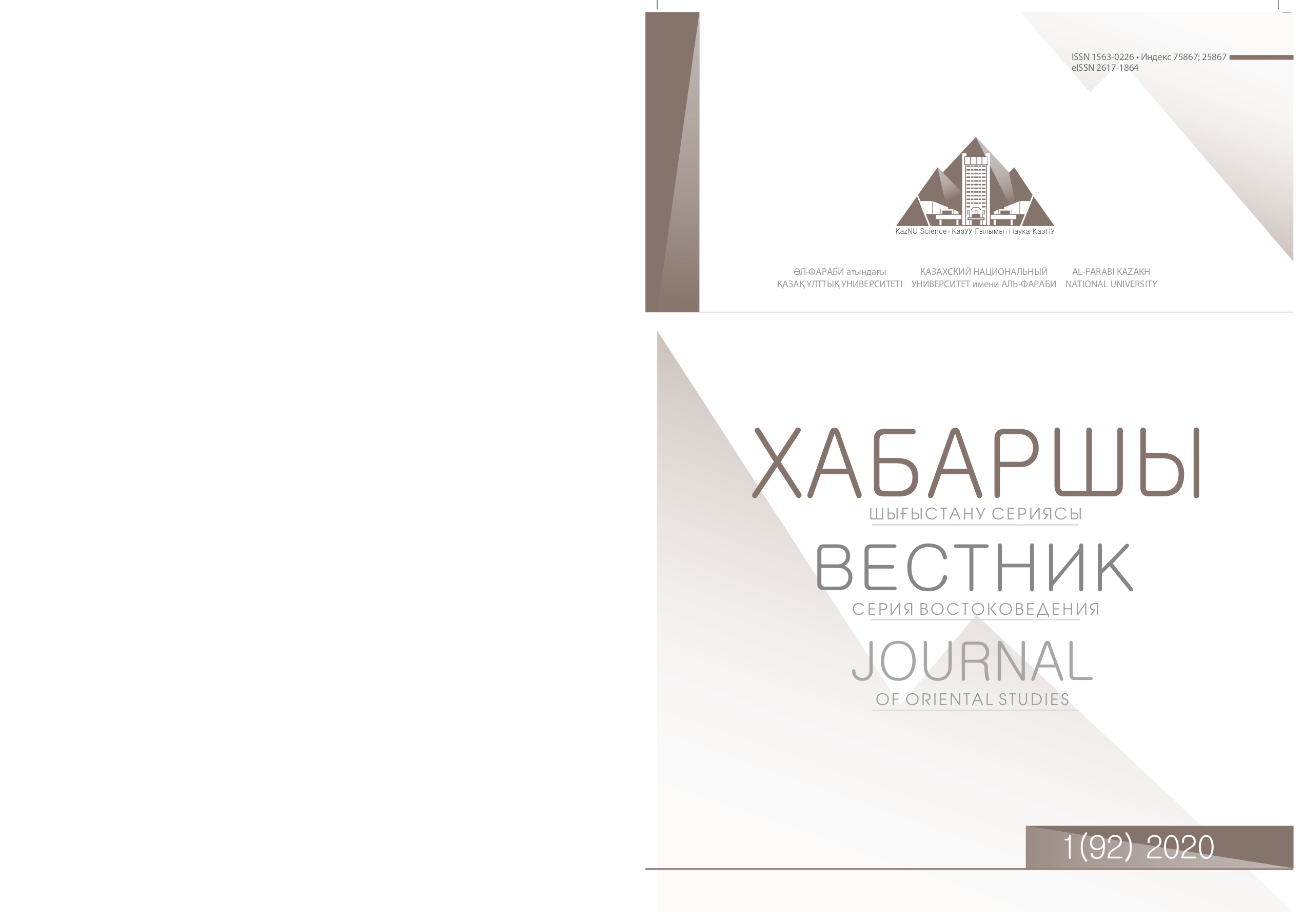China, Iran and Turkey: new players in the Central Asia
DOI:
https://doi.org/10.26577/JOS.2020.v92.i1.04Аннотация
The collapse of the Soviet Union led to the creation of a strategic vacuum in Central Asia, paving the way for new players to join the “big game” to extend control and influence over the region’s economically, politically and security potential. China, Iran and Turkey were among the most important players, with overlapping ethnic overlaps. This study aimed to identify the role of Iran, China, and Turkey in Central Asia. The problem of the study is to understand the role of Iran, Turkey and Iran in Central Asia, and what these countries seek to achieve their goals and influence in the region after the collapse of the Soviet Union, which led to the creation of a strategic space in Central Asia paved the way for the accession of new players in the “ Great game “to extend control and influence on the potential of this region economically, politically and security. The results of this study showed that China’s economic penetration helped to curtail American influence in Central Asia, as well as the closure of the US base in Uzbekistan in 2006 and the official call of the Shanghai Organization in June 2006 to close American bases in Central Asia. “Iran’s interests are centered on maintaining relations Effective policy with the Central Asian countries to allow for long-term trade and investment expansion and to help Iran emerge from international isolation and US blockade. Ankara is striving to make Turkey a pipeline for oil and gas from Central Asia and the Middle East to Europe, Nabucco to build a 3,300-km pipeline worth 5.6 billion dollars from Turkey to Western Europe is one of the most important tools for achieving this strategy. Key words: Central Asia, strategic vacuum, strategic zone, investments, international economy, regional policy.




